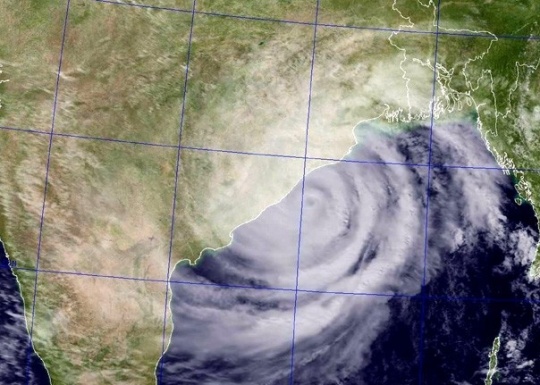Crossing the valleys of Salur, Sunkhi and Potangi, taking a
series of ascents and descents while travelling through the mountain passes, a
place welcomes you with a steadfast wind and your ears popping. A location
unexplored by many and a place where the mountains kiss the heavens, Koraput.
 |
| A road among the forests of Koraput. |
Koraput, the town surrounded by numerous hills. Nature's
beauty is at its peak with every step you take. The view from the hilltops give
you a nice view of the town and its hilly neighbours. Also the deep valleys
that would take your breath away. The district of Koraput is a god gifted place
with the bauxite rich mines of Damanjodi where NALCO industry thrives and
giving it a touch of high end technology is HAL in Sunabeda which produces the
engine and its components of the Sukhoi and MIG fighter planes. By experiencing
a cooler climate, the place encourages a better yield from various kinds of
plantations like pepper and even coffee. The Kolab river has its own charm which curls and curves with its sparkling
water that flows in and out of almost every place on the outskirts of the town.
Not to forget the temple of Maa Kantabausuni
which gives u a feel of serenity and fills your heart with peace and
tranquillity from the shade of the bamboo trees. Reaching the skies is the king
among all the mountains in Odisha, Mt. Deomali
which touches the sky at a height of 1672 meters making it the highest mountain
peak.
 |
| Locals selling fresh vegetables, Koraput. |
The natives of Koraput are the adivasis(tribals) which are seen very less in the town. They live in the forests, in their villages with houses made of mud and thatched roofs. Living a simple life, depending upon the natural resources and self made items for daily use. The adivasis mainly engage themselves in farming and every Sunday they can be spotted on every street of the town sitting on the roadside setting up their own haat to sell their fruits and vegetables, sometimes handmade articles too. Roasted meat is considered a delicacy for the people of Koraput which is often sold in leaf wrappings. People of the town can be seen everyday going to the temple of Maa Mautyalma, their main goddess to offer their prayers.
A general villager of Koraput finds himself trapped in the
middle of a war between the police and the rebel groups. The rebels find the
innocent villagers as an easy target and use them as a shield to achieve their
goal of overthrowing the existing law and setting up theirs. The place suffers
from various attacks and conflicts which always has a sad story to tell. The
rebels sometimes reside in the houses of the villagers for a day or two by
threatening them in order to carry out their plans. The police tries its best
to tackle this kind of terror and so guards the city night and day 24/7 by
staging its personnel throughout the city. Almost every house has a coconut
hanged on its doorway with an evil face painted on it to keep bad spirits away,
but is that enough?
 |
| A stream between the hills, Koraput |
In spite of these problems, the people of the town along
with the adivasis come together to show their unity in the cultural festival of
Parab which is celebrated at a
stretch of 3-5 days during the winter. The festival consists of various
cultural shows like local dance, drama and songs. The villagers set up stalls
and showcase their handmade items and crafts for sale. Puppet shows are organised
to which the puppets can be seen dancing to the tunes of the local songs. Art
forms like local paintings and even sand art in the form of rangoli are
displayed in the festival. Parab
attracts a lot of crowd and leaves its glowing mark every year.
In a place, where people know less of modern life but with a smile on their faces they move ahead in spite of all the problems to lead a life with simplicity. A visually impaired boy, Nagapati from a school in Koraput has never seen the world around him which has a stark contrast, but he dreams of becoming one of the biggest singers of the town and readies himself to perform with his group in Parab. Koraput, a place where such dreams also take birth. Every where you stand, the place embraces you to make you feel fused with nature. Nature makes you a part of itself, every time it breathes, and breathes life…into you….







